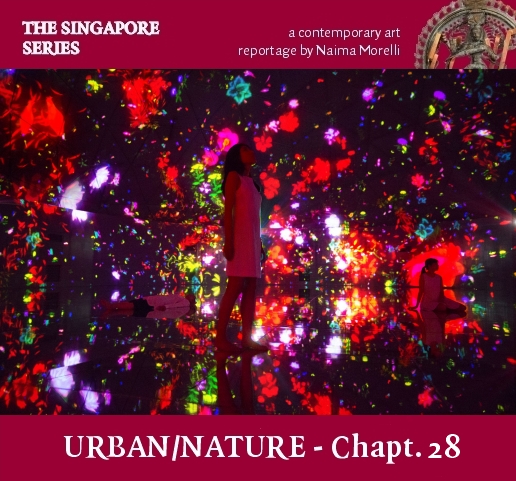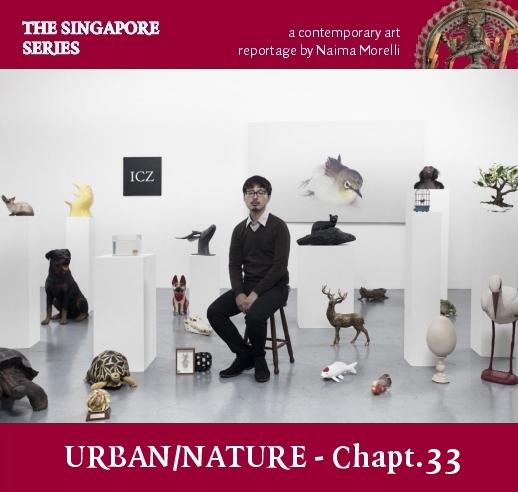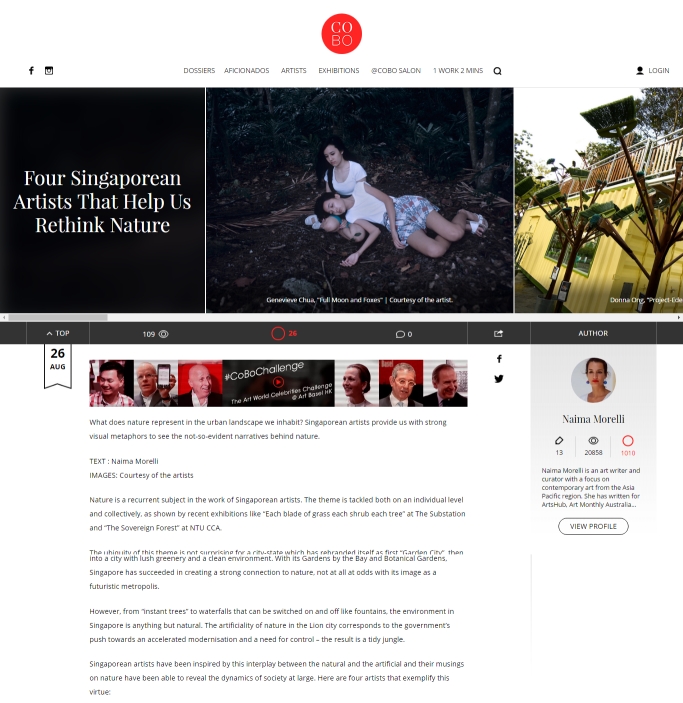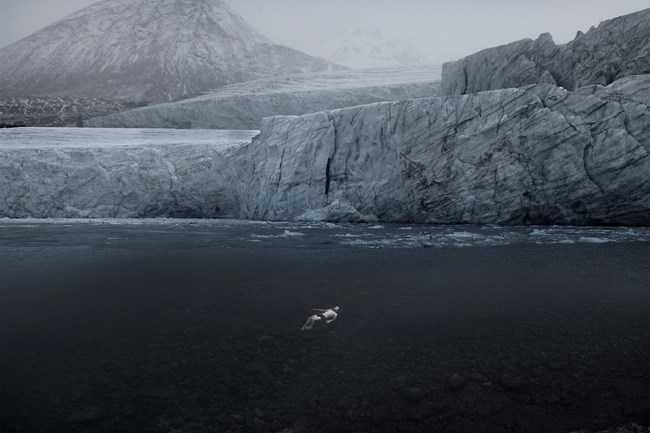
Daylight dystopia
In our worse dystopian imagination, brought to fruition by filmmakers and artists, we imagine the cities of the future being an endless continuation of buildings and city lights, from the steamy Metropolis to – moving to the ‘80s – the cities of Ghost in The Shell, or Neon Tokyo from Akira. Asian mega-cities provided a good model in this respect. The urban landscape of Blade Runner for example was inspired by a particular part of Kwaloon, also known as the Walled City. This was an area of incredible density, a human anthill, picturesque and inhuman at the same time. In 1994, Kwaloon was demolished. Visitors eager to see the ruins of this mythical place will instead find a park with gardens, floral walks, ponds and pavilions. The future was not as we imagined, if not only for the lack of flying cars which many of us lamented, but also because it doesn’t look as evil as we thought. Then came the daylight dystopia. As a child, I remember approaching this slightly less suffocating concept in the Disney PK comics. This was a superhero series of Donald Duck set in a futuristic future. In a particular episode, PK travelled to the future to find that instead of the tower he operated from – the Ducklair tower created by a tech genius – there was a garden. Our beloved flying cars came in handy in that comic in order to reach the heights of that vertical city, whose buildings have gardens on top, another idea which is being implemented in the green architectural world. An idea that has been developed by many architectural firms reimagining the future of the urban landscape as we will see. The palaces of the old city will be pillars, or comprised into other buildings, and of course we have plenty of examples of this as well. The final look of this city is a green aspirational environment which will preserve history and won’t look as dingy and ugly as we imagined dystopian cities to be.
Read More









